Singlet oxygen can be damaging in both cells and batteries but it has taken almost 60 years to work out exactly when it shows up in chemical reactions within both
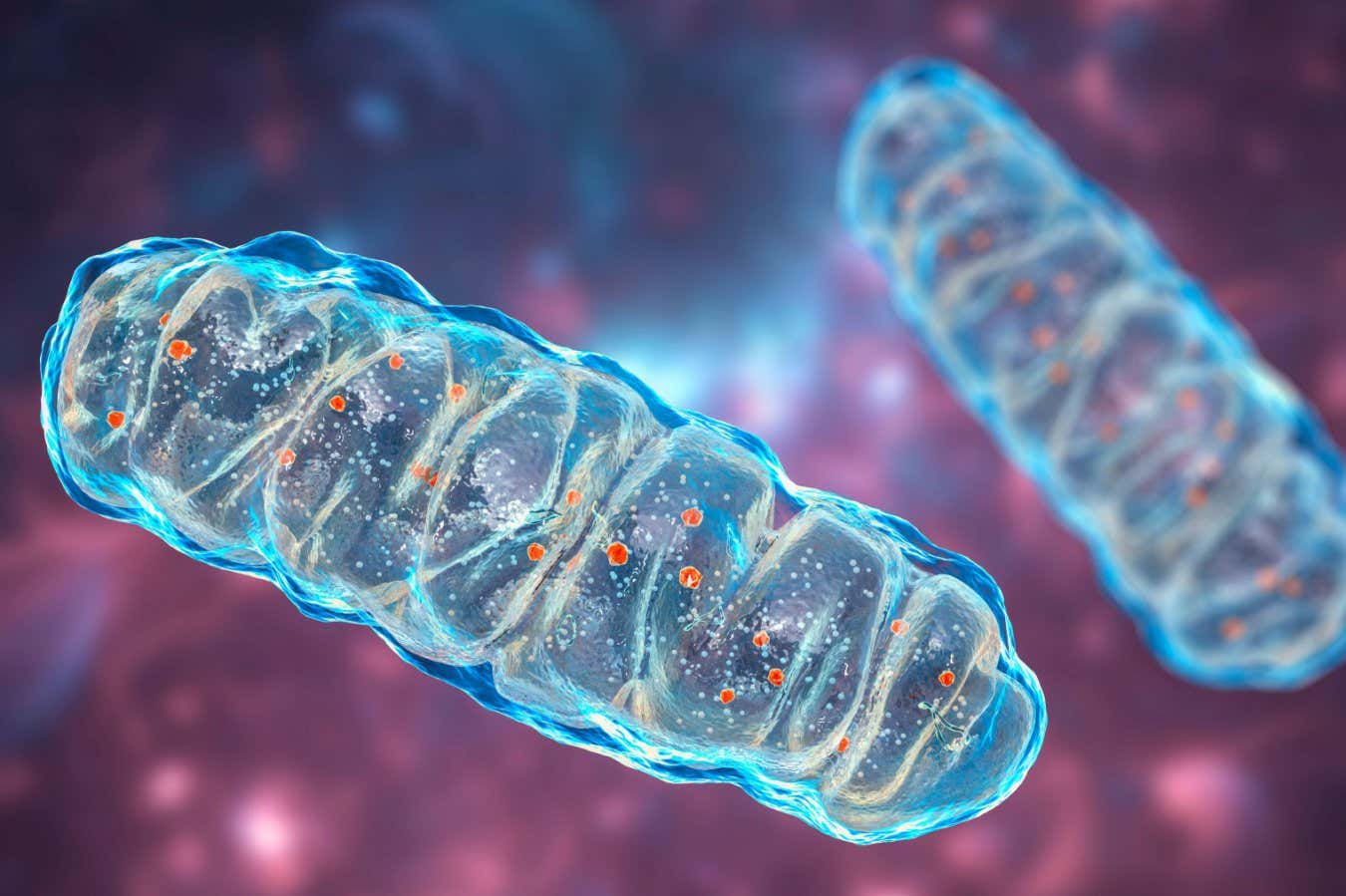

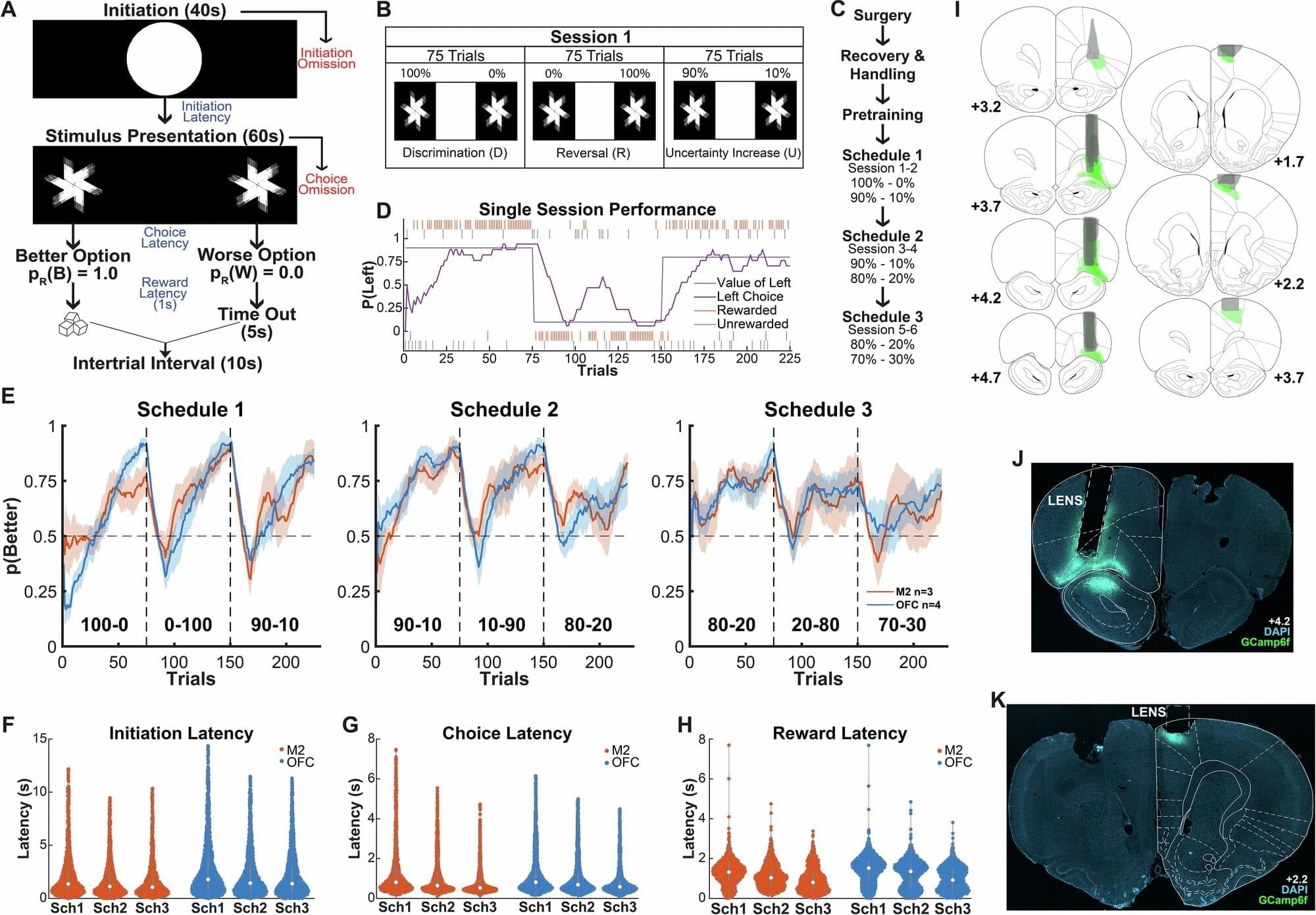
Newly identified brain cells evolved along the theme, “Life is uncertain; Eat dessert first.” The neurons, located in the front part of the brain, are most active when the outcome of a decision is uncertain, suggesting that they help with decision making, along with learning and mental flexibility in general.
This UCLA discovery in rats could aid the development of new treatments that involve the targeting of rigid thought patterns such as those in anxiety and substance use disorders in humans, who also have the same kind of brain cells.
“If we have full knowledge of the things that will happen, then we really don’t need to learn, and we don’t have to adapt our behavior,” said Alicia Izquierdo, a UCLA professor of behavioral neuroscience in the department of psychology and the senior author of the paper published in the journal Nature Communications.
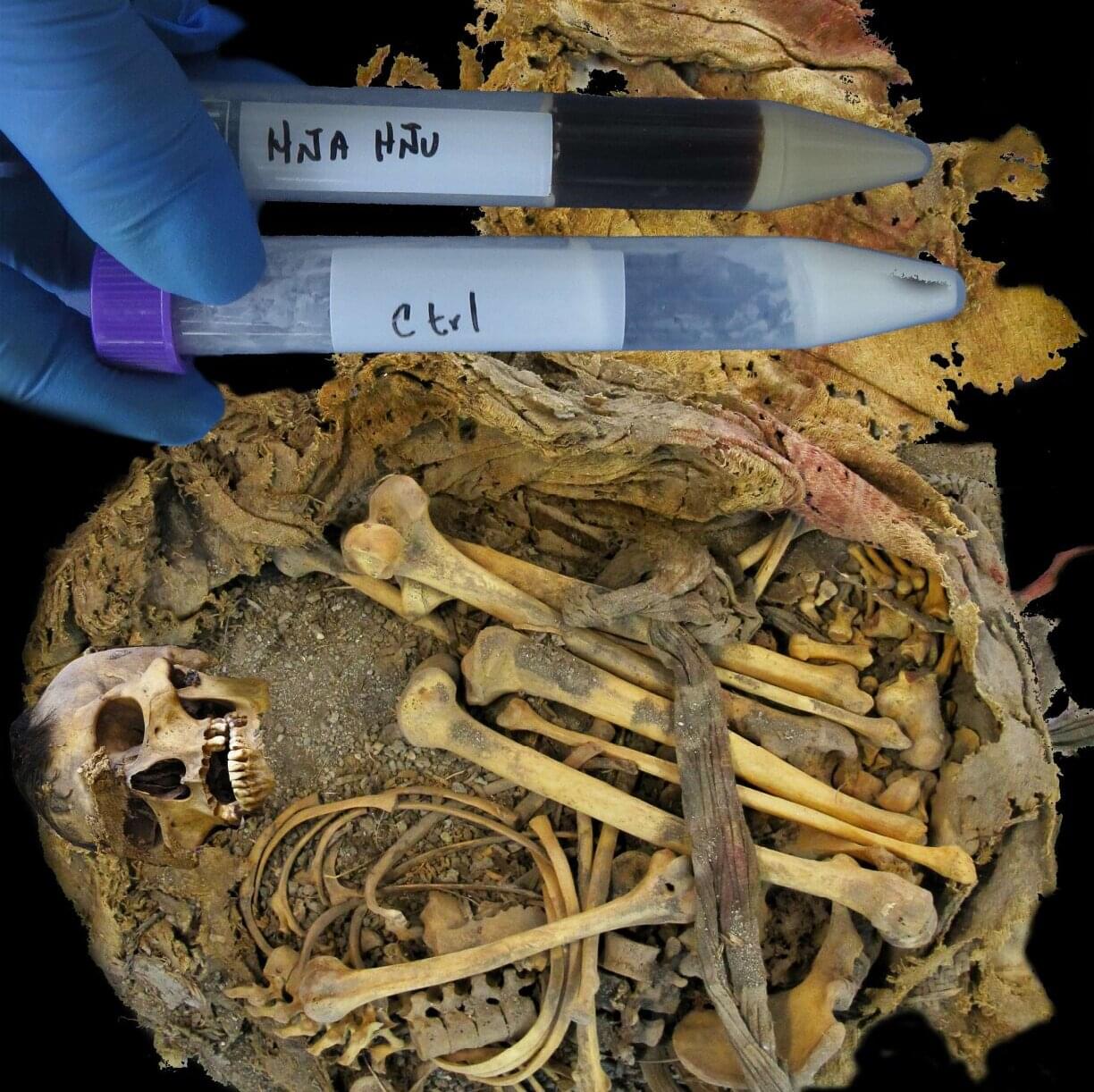
Analysis of preserved feces and intestinal tissue has revealed specific types of bacteria that were present in the microbiome of a young adult man who lived in Mexico about 1,000 years ago, prior to Spanish colonization. Santiago Rosas-Plaza of Universidad Nacional Autónoma de México and colleagues present these findings in PLOS One.
The human gut microbiome consists of microorganisms, including bacteria, that naturally live in people’s intestines. Certain types of bacteria are widely associated with the human gut microbiome, but a person’s particular mix of bacteria may vary depending on factors such as age, diet, health, and where they live. Studying ancient microbiomes using mummies and human remains can therefore deepen understanding of ancient populations and show how the human microbiome may have changed over time.
A growing number of ancient microbiomes have been revealed, including for an ancient Incan person and Germany’s “Tyrolean Iceman.” To further expand the field, Rosas-Plaza and colleagues analyzed the exceptionally well-preserved remains of a man discovered in a rock shelter in Zimapán, Mexico. Prior analyses suggest the “Zimapán man” was most likely a seasonal seminomadic hunter-gatherer who was part of the ancient Mesoamerican Otopame culture and died about 1,000 years ago between the ages of 21 and 35.
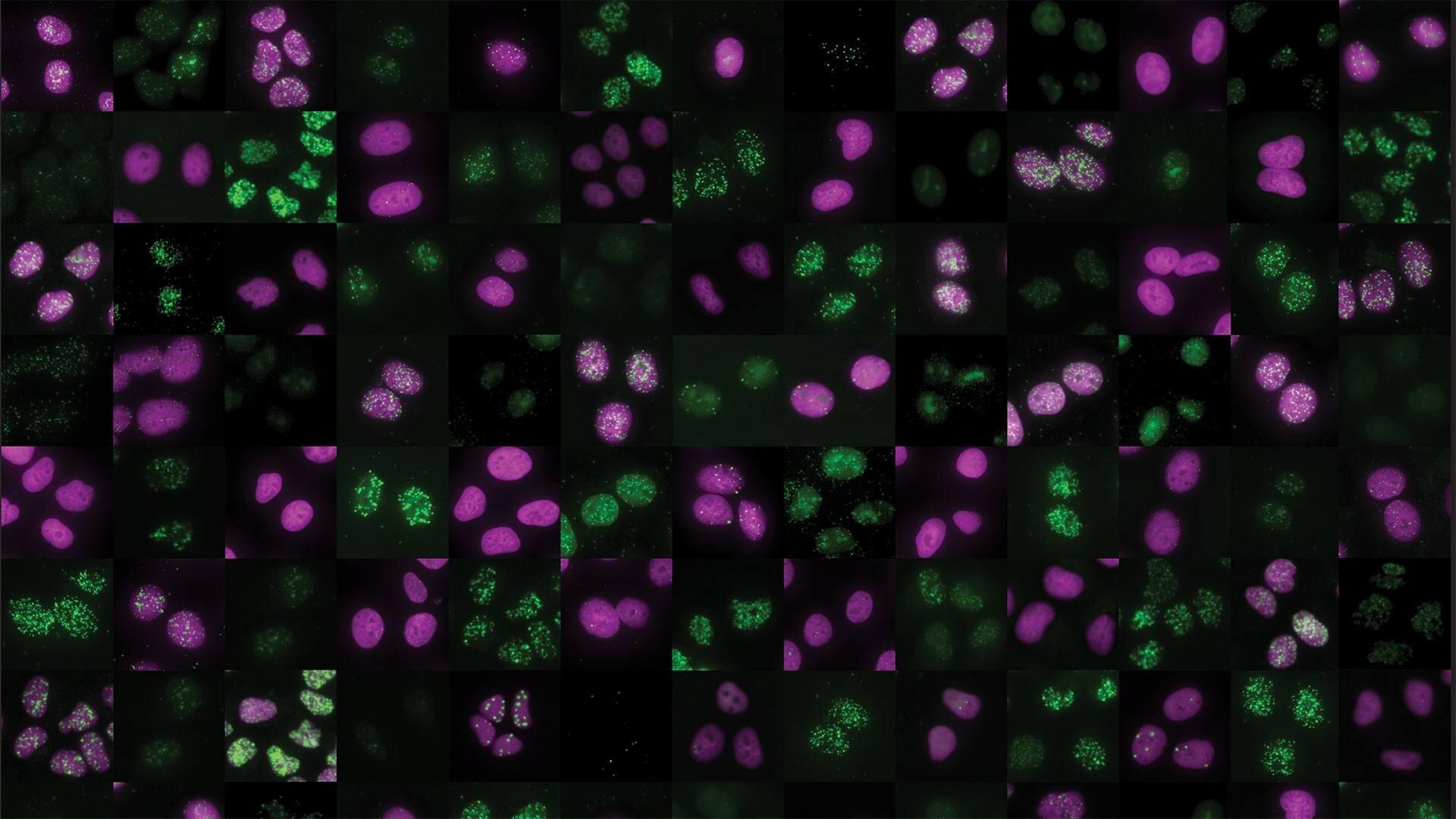
Mayo Clinic researchers have identified a protein that acts like a traffic controller for DNA, preventing damage during cell division—a discovery that could lead to new cancer therapies, according to a study published in Nature.
“DNA is the code of life. It’s critical for how a cell functions, but it’s also critical for our own being and defines what we are,” says Zhenkun Lou, Ph.D., the Swanson/Schmucker Endowed Professor to Support Health and Cancer Research at Mayo Clinic and the senior author of the new study.
When cells divide, DNA must be copied from one cell to the next—a process called replication. Dr. Lou’s research team discovered that a protein called KCTD10 plays a surprising role in protecting DNA during this critical stage. Acting like a built-in sensor, KCTD10 helps shield the DNA replication machinery from damage.

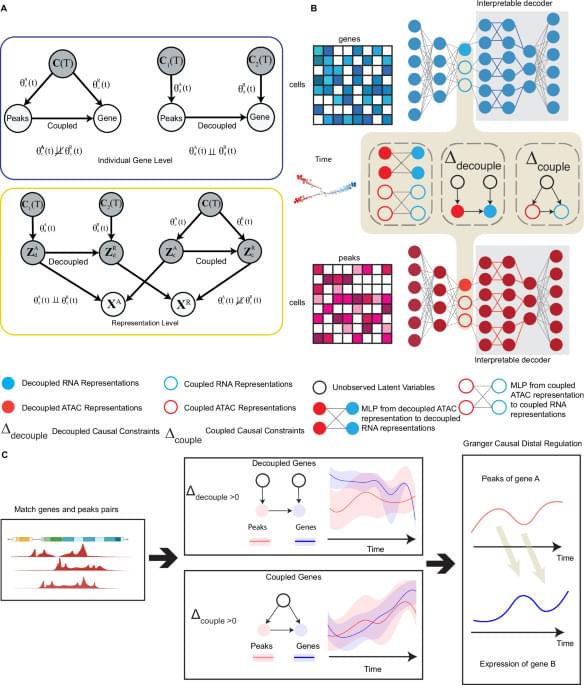
Chromatin accessibility dynamics causally influence changes in gene expression levels, but these fluctuations may not be directly coupled over time. Here, authors develop computational causal framework HALO, examining epigenetic plasticity and gene regulation dynamics in single-cell multi-omic data.

Computational Creativity, Concept Invention, and General Intelligence in their own right all are flourishing research disciplines producing surprising and captivating results that continuously influence and change our view on where the limits of intelligent machines lie, each day pushing the boundaries a bit further. By 2014, all three fields also have left their marks on everyday life – machine-composed music has been performed in concert halls, automated theorem provers are accepted tools in enterprises’ R&D departments, and cognitive architectures are being integrated in pilot assistance systems for next generation airplanes.



This book is a collection of writings by active researchers in the field of Artificial General Intelligence, on topics of central importance in the field. Each chapter focuses on one theoretical problem, proposes a novel solution, and is written in sufficiently non-technical language to be understandable by advanced undergraduates or scientists in allied fields.
This book is the very first collection in the field of Artificial General Intelligence (AGI) focusing on theoretical, conceptual, and philosophical issues in the creation of thinking machines. All the authors are researchers actively developing AGI projects, thus distinguishing the book from much of the theoretical cognitive science and AI literature, which is generally quite divorced from practical AGI system building issues.